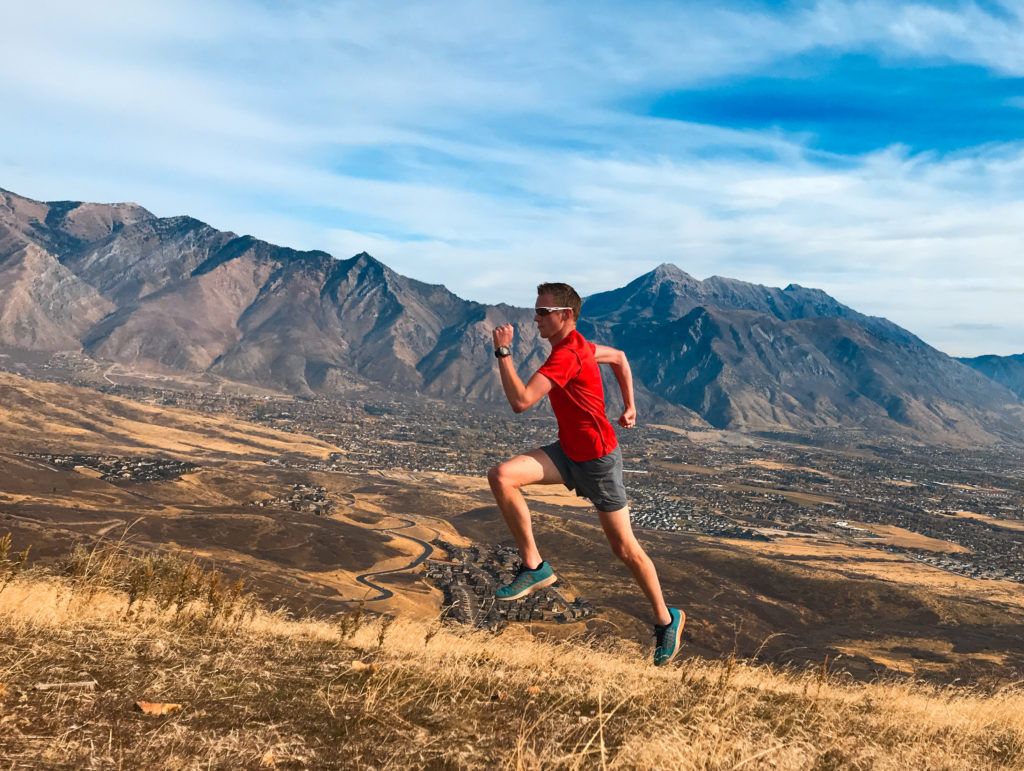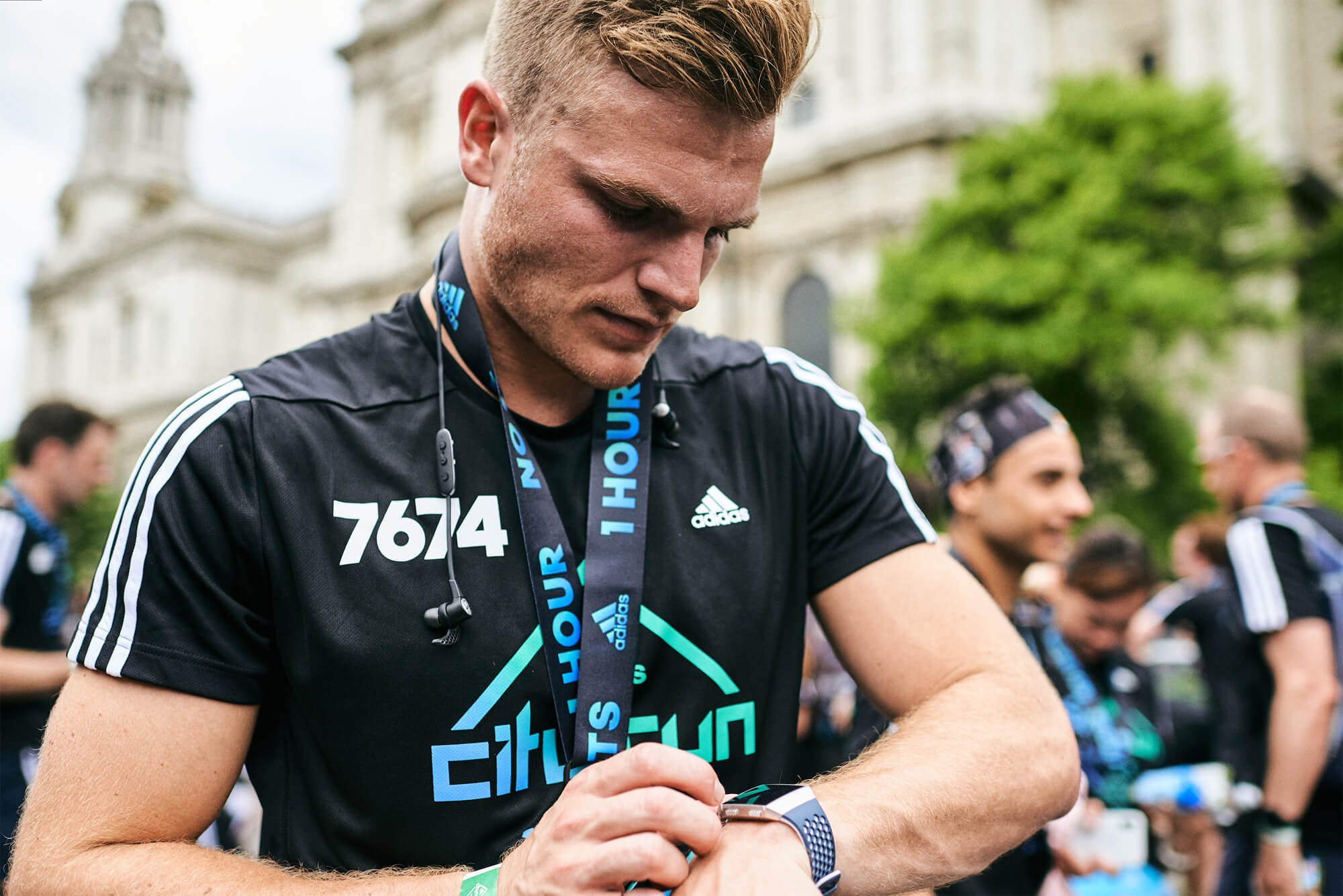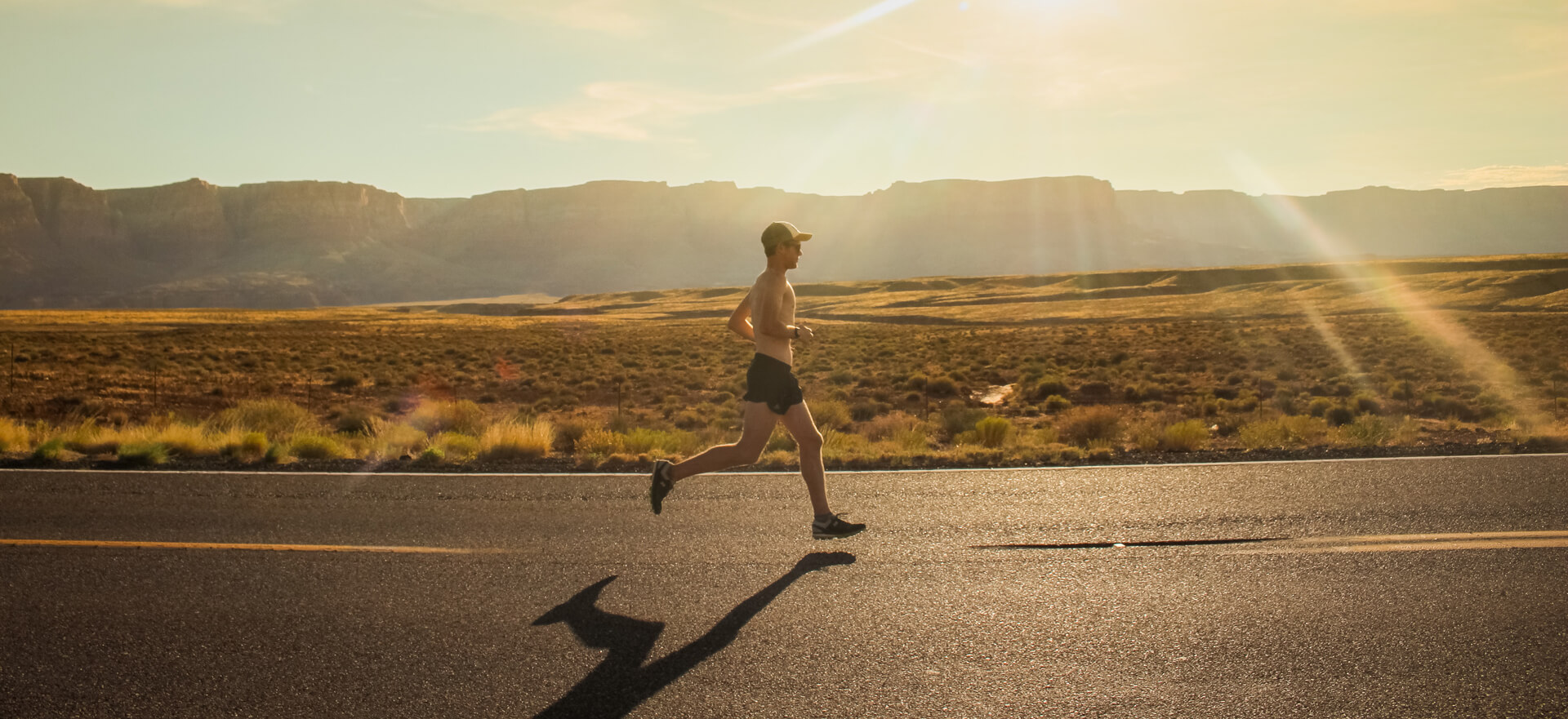If you could achieve anything at all in running, what would it be? We’re not talking about shaving a couple of minutes off your marathon PB. Not running home from work twice a week. And not pipping that bloke in your local parkrun who always gets home just in front of you. Those are perfectly legitimate goals, ones we all have and strive for on a daily basis, but we want you to think bigger.
Think of your wildest running dream. The kind that makes people say, “Come on, be realistic”. The kind that makes you feel silly for even thinking about it. The kind that seems impossible. Eric Orton wants you to settle on this goal, because he can help you achieve it. He’s the coach from Born to Run; the man who transformed 6ft 4in, 17st author Chris McDougall from an injury-ridden basket case being told by doctors and physiotherapists that his body wasn’t built for running, into a natural athlete capable of completing the 50-mile Copper Canyons ultramarathon. Orton guided McDougall through this incredible transformation in the space of just nine months, predominantly via email. His book, The Cool Impossible, aims to help every runner achieve their own biggest running goal.
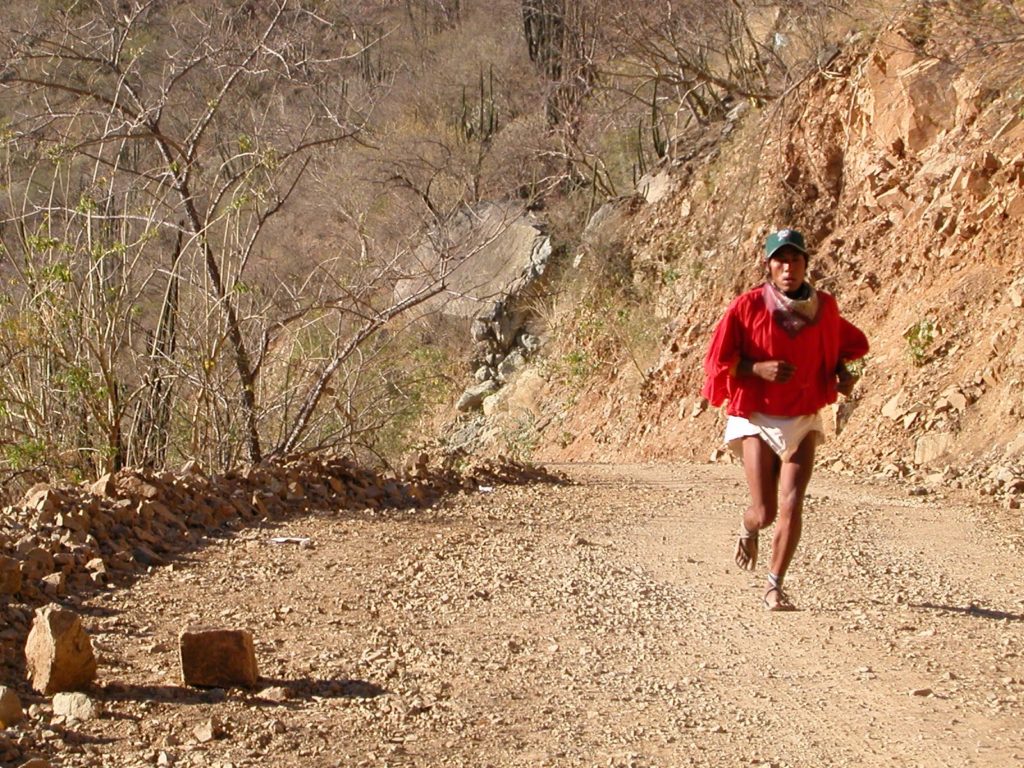
Chris McDougall’s bestselling book Born to Run is based on the Tarahumara, a tribe of people famed for their running ability
“It’s about a change in focus,” says Orton. “People focus too much on ‘Can I do it?’ because they want to know what the outcome will be if they dedicate themselves for six months. The trouble is, if you try to answer the question of ‘Can I do this?’ before you try, you’ll never know. We never know until we try. “From my experience, if you really dedicate yourself to the process, great things can happen. It might end differently to how you imagined; in fact, it could be even greater than what you hoped for at the outset. “When Chris came to me, he wanted to be able to run that 50-mile race through Mexico with the Tarahumara. He achieved that, but he also revolutionised running in the process. That’s a perfect example. He didn’t know exactly how things would turn out, but he dedicated himself to it to see what could happen.”
PICK YOUR GOAL
“The first step is getting into the mindset of wanting to pick a goal and really focus on it,” says Orton, who has spent years coaching elite athletes, and now runs training camps for runners of all levels. “I’ve encountered a lot of runners who don’t think they’re good enough to have a goal, or don’t understand how important it is to have a goal, so it’s about making people realise that having a goal is absolutely key. If you don’t have something you’re trying to achieve, how are you going to achieve anything?”
If your mind has gone blank, don’t worry about it. Most of us have grown accustomed to banishing thoughts of the seemingly impossible, to leave space and time to focus on smaller, more realistic ambitions. Changing this approach can take time. “Not everyone knows instantly what they want their goal to be,” says Orton. “That’s fine. It’s best to let it go for a little bit, to give yourself time to choose a goal. If you sit down and force yourself to think of a goal, what you come up with probably won’t be something that you genuinely, truly want to achieve.”
If you already know what your goal is, great. If not, don’t worry: you can still start moving in the right direction, which will help you settle on something you really want to achieve.
“The best thing to do is start training straight away,” he says. “Let the training and the programme help you see what you might want to do. It might be hard to see what’s possible until the training starts to take hold. Once you’ve got the physical training going, you start to gain a little confidence, which helps you pick something big.”
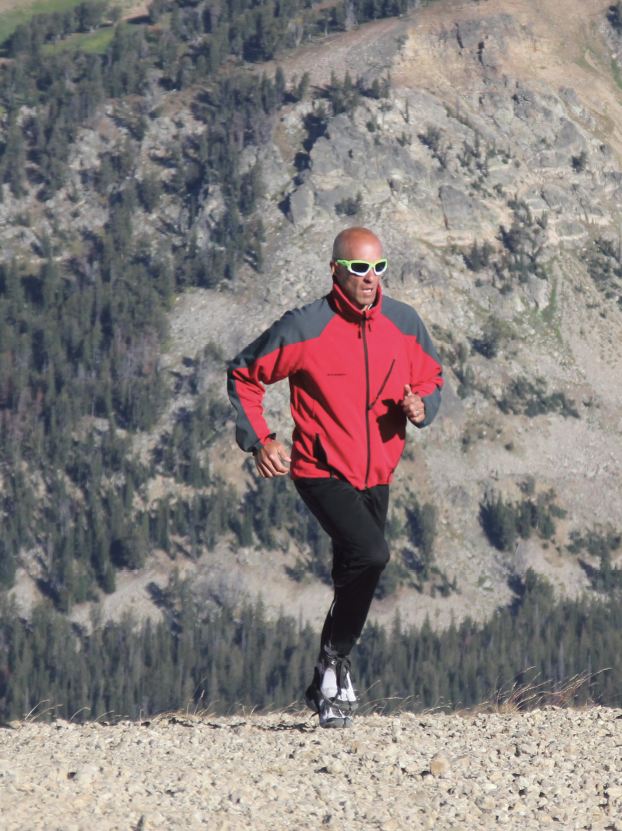
Orton believes good form is absolutely essential
RUNNING WITH GOOD FORM
Getting your body into the right condition to run is all well and good, but it’s futile if you then go lolloping off like an epileptic gorilla at an underground rave. Orton believes our bodies are designed to move in a certain way, meaning there is a single “best” form for running. Even if you have been running for years, and haven’t suffered any problems, he is confident you can become a better runner by improving your form.
Orton maintains that learning proper running form is easy, but that executing it consistently requires hard work and practice. The book breaks down the five stages of the run stride – foot strike, leg stance, knee drive, takeoff and arm carry – teaching you the proper technique, and drills to help good form come naturally. “If you’re teaching yourself, I really advise that people videotape themselves running,” he says. “Often what we think we look like, or what we think we’re doing, might not be the case. All other sports use video as a teaching aid, and running’s no different. I’m always constantly reevaluating my run form and adjusting that.”
ZERO DROP SHOES
To say Orton is not a fan of ‘traditional’ support shoes with lots of conditioning is like saying the EDL are not massively into Bhangra. That said, he’s not a barefoot running purist who thinks all shoes are evil. “Barefoot running has its purposes,” he says. “It’s a great way to feel your toes, feet, and arches, to get a sense of how they need to engage in your stride. But I am a coach – one who helps runners perform well in races – and it’s very hard to train and perform appropriately without adequate protection for your feet.“
Orton is a fan of zero drop shoes (no difference in height from heel to forefoot), particularly those with a flexible, thin sole. “When doing the majority of your running in zero drop shoes with foot strength and good form,” he says, “you will start to notice a difference in muscle distribution in your hips and a significant reduction in hip flexor tightness.” He advises making this transition slowly, using your old shoes for your longer runs and zero drop shoes just for shorter runs, to begin with, and then gradually increasing the mileage.
If you’re running on terrain that requires more protection, it is still advisable to choose a shoe that will shield your feet sufficiently. “If I’m running on the high peaks of the mountains, I pick a shoe that gives me adequate protection from the rocks,” says Orton, who makes full use of the mountainous terrain in Jackson Hole, Wyoming, where he is based. “That shoe is much different to what I’d wear on just a normal trail.”
REACH FOR THE STARS
“People look to the carrot – the race or the big event, or the marathon, whatever it is – and they say: ‘If I can do that, I’ll be happy,’ or, ‘If I can do that, I’ll have reached the pinnacle’,” says Orton. “People want to throw it on the bucket list and say they’ve done it, but so often they end up unfulfilled, because they do that and then they’re like, ‘OK, now what?’ They realise that they’re not any happier, and that the thing they were aiming for didn’t fulfill them in the way that they thought it might.
When we look back, it’s always the process that we remember – yeah we talk about the race, but long-term, it’s the stuff that goes on while we’re preparing. It’s the process; it’s dedicating yourself to a goal that really keeps you coming back. “Let’s make a game out of this. Let’s see how close we can come to doing crazy, great stuff.”

